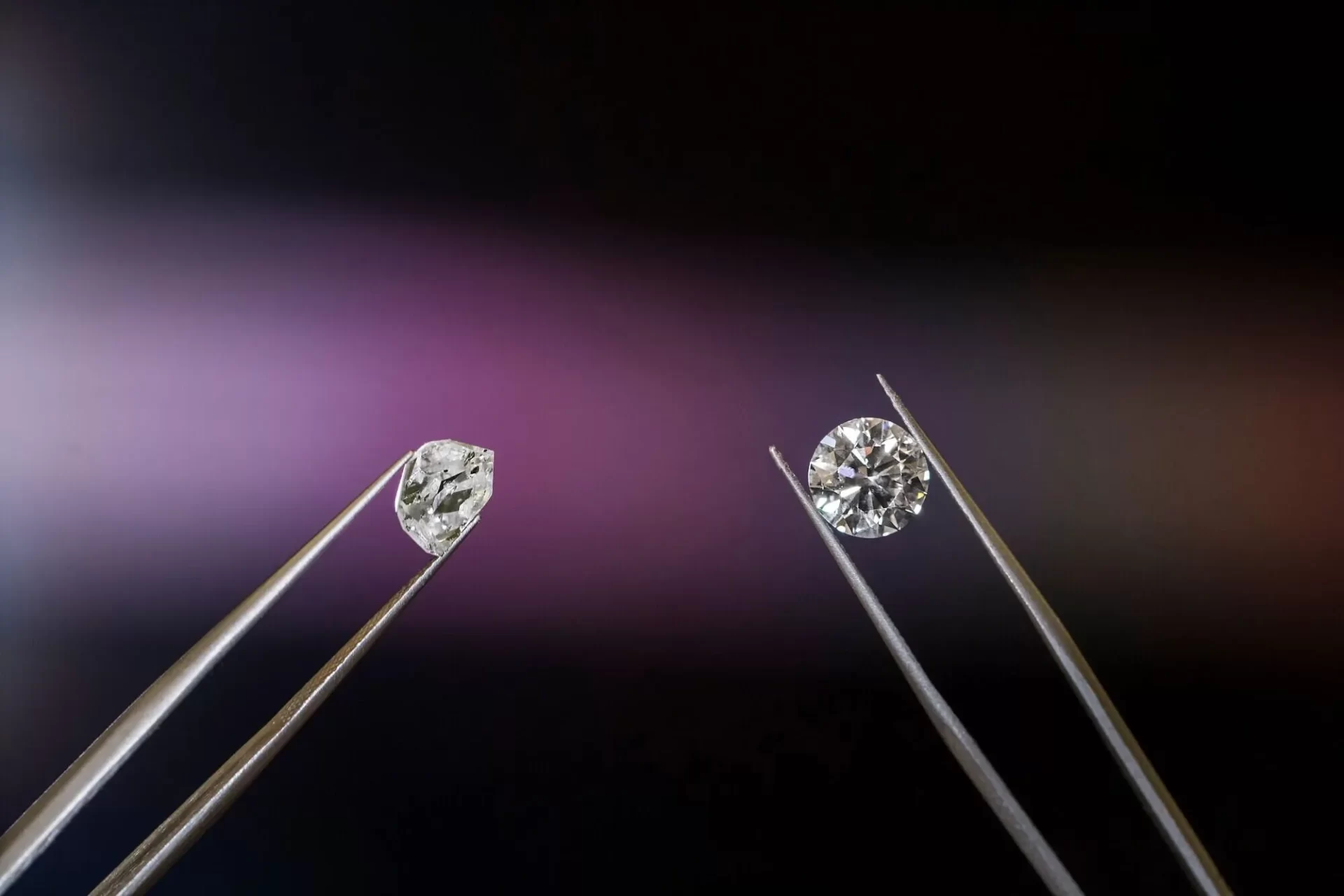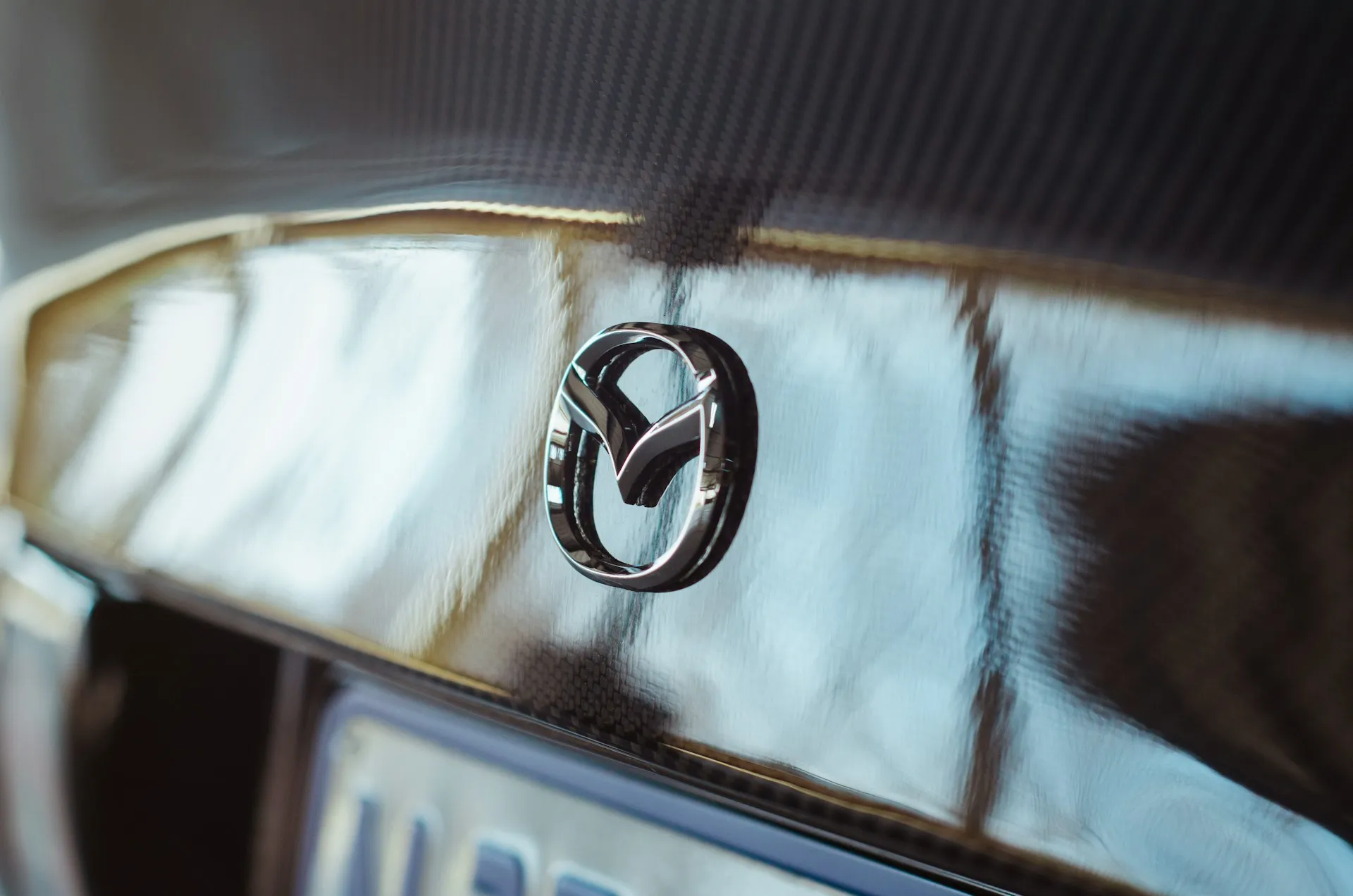Are you considering purchasing a diamond but feeling overwhelmed by the choices? You’re not alone. Diamonds are not just beautiful pieces of jewelry; they are also significant investments. Understanding the 4 Cs is crucial for making an informed decision.
This guide will focus on one of the most critical aspects of diamond buying: the cut. We’ll explore the different cuts of diamonds and see how they affect the stone’s appearance and value.
The 4 Cs of Diamonds
Before we dive into the different cuts, let’s quickly review the 4 Cs of diamonds. These are the four characteristics used to evaluate a diamond’s quality and value:
Cut
As previously mentioned, the cut of a diamond is paramount in determining its brilliance and sparkle. The quality of the cut is graded from Excellent to Poor, and this grading directly impacts the stone’s visual appeal and value.
Color
Diamonds are graded on a color scale from D (colorless) to Z (light yellow or brown). The less color a diamond has, the more rare and valuable it is. Colorless diamonds (grades D-F) are considered the highest quality and are most sought after.
Clarity
Clarity measures the presence of internal flaws (inclusions) or external marks (blemishes) within a diamond. The clarity scale ranges from Flawless (no inclusions or blemishes visible under 10x magnification) to Included (inclusions visible to the naked eye).
Carat Weight
Carat weight refers to the size of the diamond and is measured in carats, with one carat equivalent to 200 milligrams. Larger diamonds are rarer and thus more valuable, but carat weight alone does not determine the diamond’s overall value.
How Are Diamond Cuts Graded?
Before we dive into specific diamond cuts, it’s essential to understand how cuts are graded.
The Gemological Institute of America (GIA) is the industry standard for diamond grading. They evaluate cuts based on several factors, including brightness, fire, scintillation, weight ratio, durability, polish, and symmetry.
The GIA grades are cut on a scale from excellent to poor. An excellent or very good cut will maximize a diamond’s brilliance, while a good or fair cut will be less brilliant but still attractive.
The Classic Round Brilliant Cut
When most people think of diamonds, they envision the classic round brilliant cut. This cut is designed to maximize brilliance and fire, making it the most popular choice for engagement rings and other fine jewelry.
The round brilliant cut features 58 facets, including the culet (the tiny flat facet at the bottom). These facets are precisely arranged to reflect light internally and externally, creating unparalleled sparkle.
The Elegant Princess Cut
Next up is the princess cut, known for its modern, geometric appearance. Unlike the round brilliant cut, the princess cut is square or rectangular with pointed corners. It also features numerous facets, typically 50 to 58, which contribute to its exceptional brilliance and fire.
The princess cut is a versatile choice that works well in various settings, from solitaire rings to intricate halo designs. Its contemporary look makes it a popular choice for those who want a unique yet dazzling diamond.
The Vintage Cushion Cut
The cushion cut, also known as the “pillow cut,” has a vintage charm that many find irresistible. This cut features rounded corners and larger facets, which enhance its brilliance and give it a romantic, antique look.
Cushion cuts can vary in their proportions, with some being more square and others more rectangular. This flexibility allows for a range of styles, making it a versatile option for those who love vintage-inspired jewelry.
The Timeless Emerald Cut
The emerald cut stands out for its elegant, elongated shape and “step cuts” that create a unique hall of mirrors effect. Unlike other cuts focused on brilliance, the emerald cut emphasizes clarity and color, making inclusions more visible.
This cut is ideal for those who appreciate understated elegance and want to showcase a diamond’s pure beauty. It’s often chosen for its sophisticated, vintage appeal, making it a timeless choice for fine jewelry.
The Sophisticated Asscher Cut
The Asscher cut, similar to the emerald cut, features step cuts but has a more square shape and a higher crown. This cut creates a mesmerizing pattern of reflections, known as the “windmill effect,” which adds to its unique charm.
It’s an excellent choice for those who appreciate classic beauty and want a diamond with a unique character.
The Delicate Marquise Cut
The marquise cut, also known as the “navette” cut, is characterized by its elongated shape with pointed ends. This cut maximizes carat weight, making the diamond appear larger than it is, and creates an elegant, elongated look.
Marquise cuts are often used in rings and pendants, where their unique shape can be showcased. Marquise Cut Engagement Rings, in particular, have an elegant charm. They are ideal for those who want a diamond with a distinctive, delicate appearance.
The Playful Heart-Shaped Cut
For those who want a diamond that truly stands out, the heart-shaped cut is a playful and romantic choice. This cut features a symmetrical heart shape, which requires precision and skill to achieve.
Heart-shaped diamonds are often used in pendants and rings, where they can be the center of attention. They are perfect for those who want a unique, eye-catching diamond that symbolizes love and affection.
Rose Cut Diamond
The rose cut diamond combines the brilliance of a round cut with an elongated shape, making it a versatile choice for various jewelry designs. This cut features 56 facets, which enhance its brilliance and fire.
Rose cut diamonds are often used in engagement rings and necklaces, where their elongated shape can create a slimming effect on the finger or neck. They are ideal for those who want a diamond with classic brilliance and a modern twist.
The Unique Pear-Shaped Cut
The pear-shaped cut, also known as the “teardrop” cut, combines the best features of the round and marquise cuts. This cut features a rounded end and a pointed tip, creating a unique and elegant shape.
Pear-shaped diamonds are often used in earrings, pendants, and types of engagement rings, where their distinctive shape can be showcased. They are perfect for those who want a diamond with a unique and graceful appearance.
Also Read: How to Choose the Perfect Diamond Cross Pendant for Any Occasion
Understanding the Different Cuts of Diamonds
Understanding the different cuts of diamonds is essential for making an informed purchase. Each cut offers unique characteristics and beauty, allowing you to choose a diamond that reflects your style and preferences. Whether you prefer the classic brilliance of a round cut or the vintage charm of a cushion cut, there’s a diamond cut for everyone.
For more helpful tips, check out the rest of our site today.

Jasper Bruxner is a passionate and versatile blogger with a keen eye for trends and a knack for crafting engaging content. As the founder of WendyWaldman, he has established himself as a trusted resource in a diverse range of niches, including food, tech, health, travel, business, lifestyle, and news. He tends to share the latest tech news, trends, and updates with the community built around Wendywaldman. His expertise and engaging writing style have attracted a loyal following, making him a respected voice in the online community.




